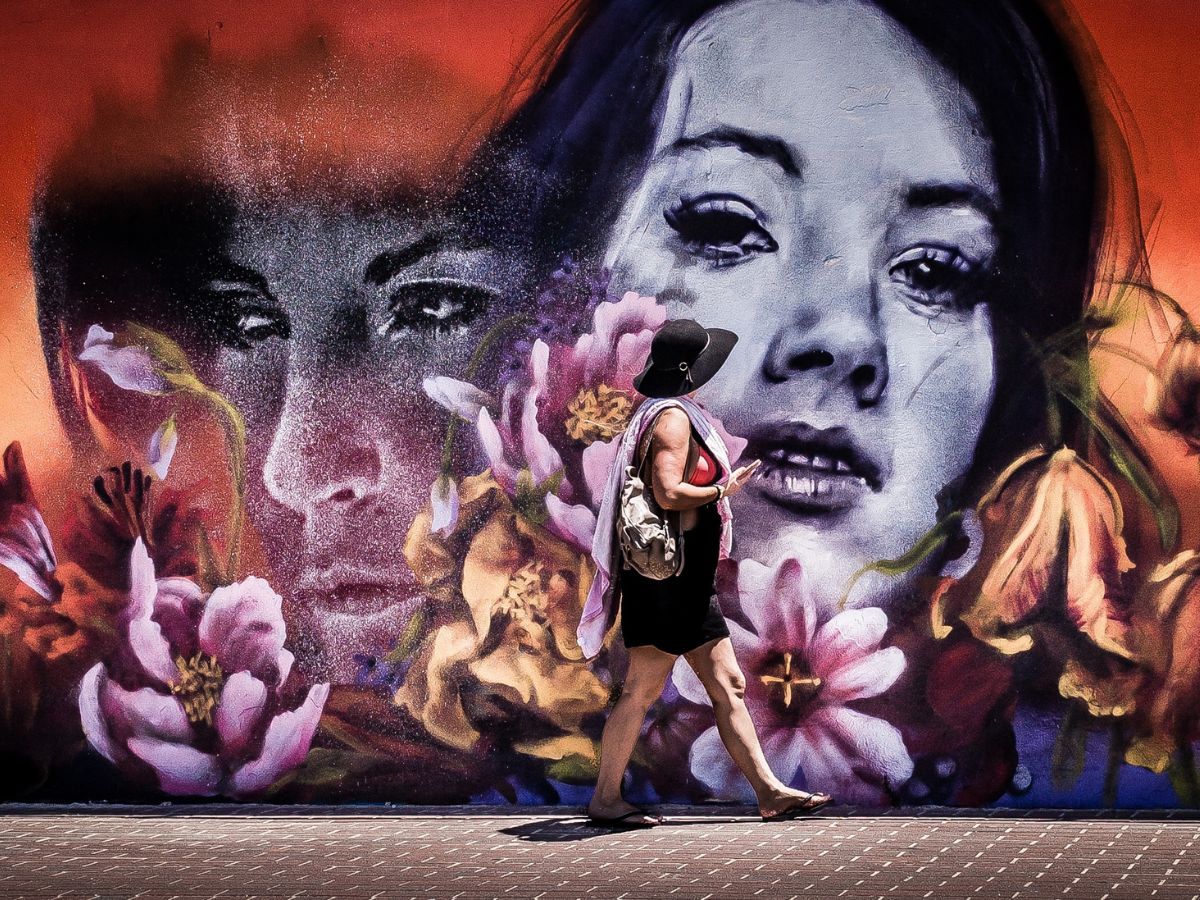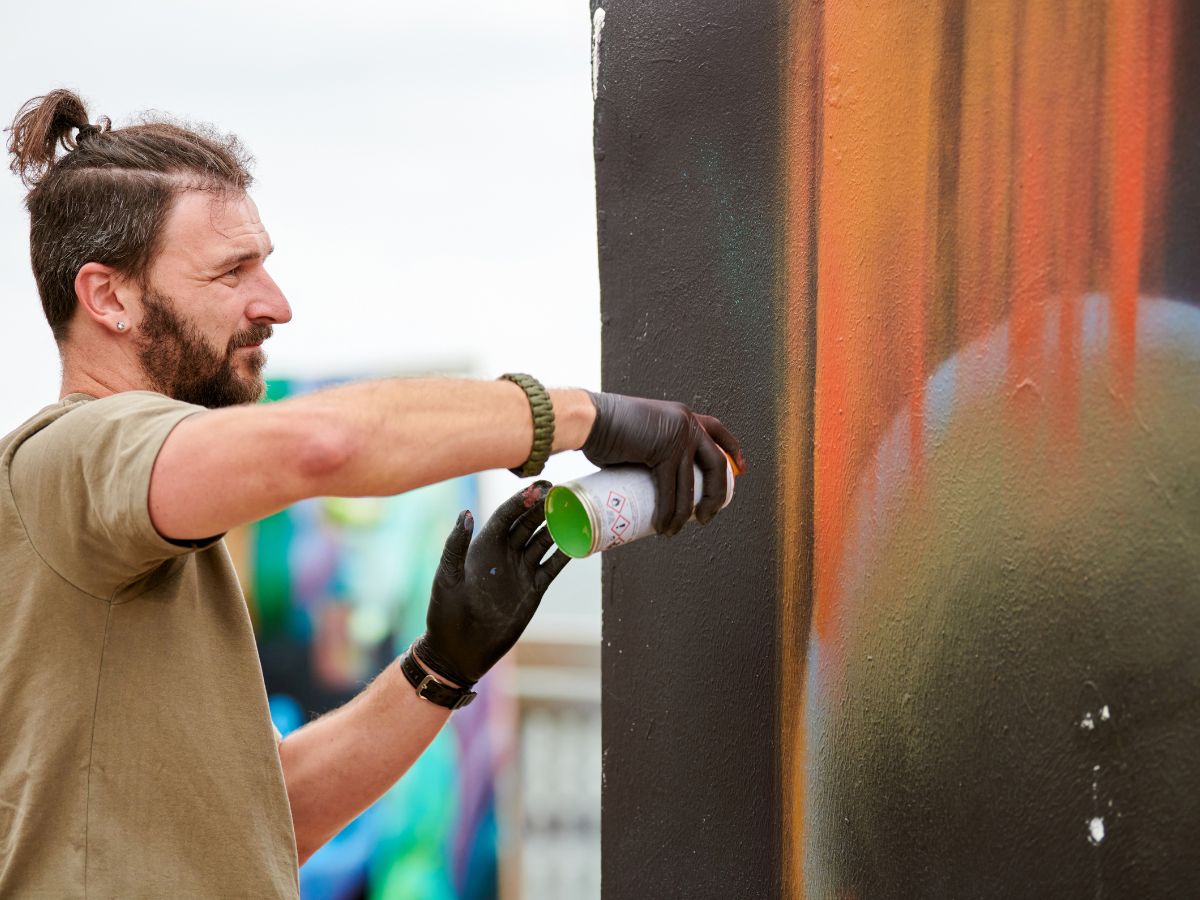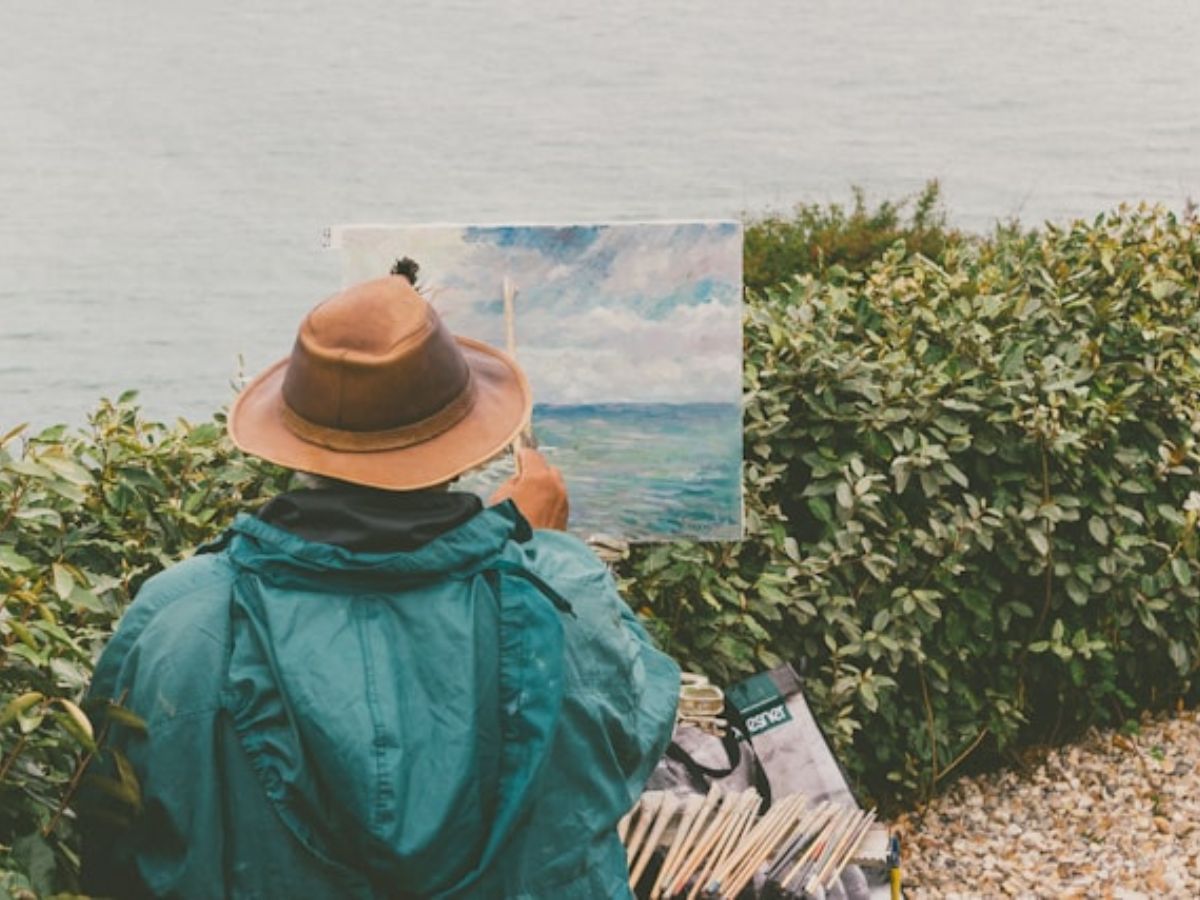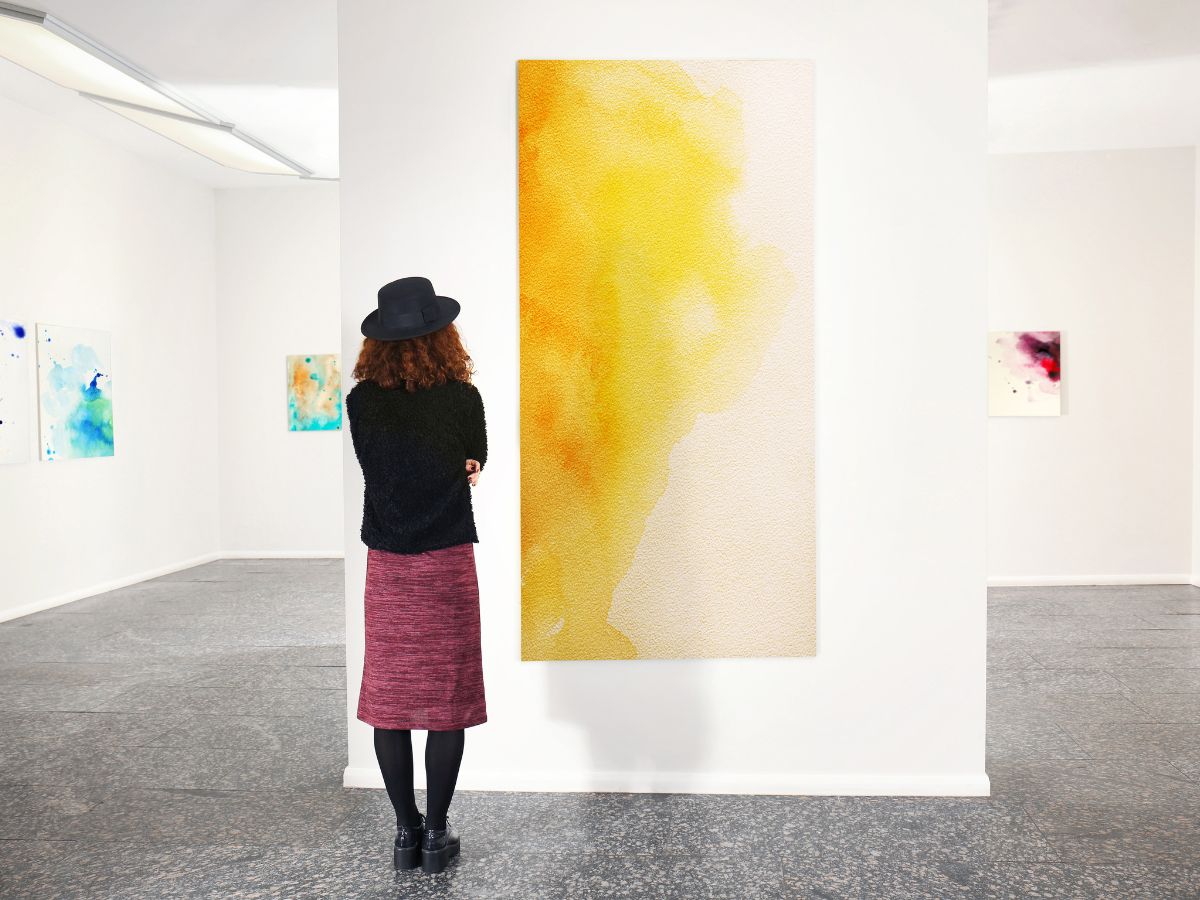
Building Community Bonds Through Murals
Murals can transform more than just walls—they can also build deep connections within communities. Muralists have a unique opportunity to collaborate with residents, understanding their stories and embedding community values into large, visible artwork that everyone can enjoy.
Here are some ways muralists can foster meaningful community relationships while enhancing the beauty and identity of neighborhoods.








